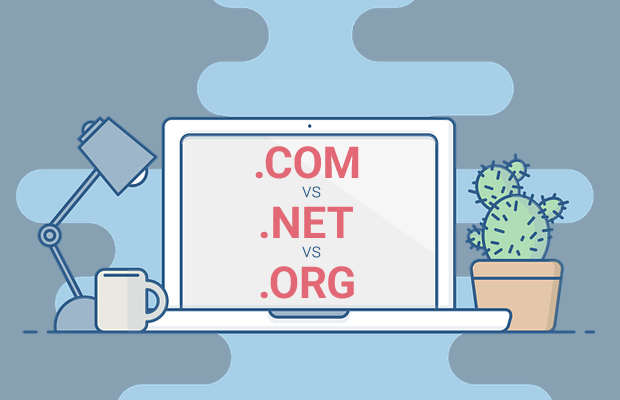When I was on the Internet in the late 80s, there weren’t many top-level domains available. You had .GOV for the US government, .MIL for the US military, .NET for network-related groups, .EDU for educational institutions, .COM for commercial organizations, and .ORG for any other type of organization. And there were strict rules on who could use which top-level domain. Those rules were loosened, however, and right now pretty much anyone can register a domain in three of those original TLDs: .COM, .NET and .ORG. I call these the “Holy Trinity” of TLDs.
The number of TLDs has grown since then, of course. Each country or autonomous geographic area now has its own two-letter TLD, like .CA for Canada and .CN for China. And there are additional TLDs like .BIZ and .INFO that were created to provide alternatives to the standard TLDs. In theory this makes it easier to find a good domain name, because there are more TLDs to choose from.
But if someone asks for my advice on which TLD to use, I always steer them towards the Holy Trinity unless there’s a very good reason to consider one of the other top-level domains.
Let’s face it, the .COM, .NET and .ORG domains have been around so long that they have instant recognition — people know what they are. They also don’t have geographic associations, which is important if you’re trying to reach a global audience.
That’s not to say that the country-code (geographic) domains aren’t useful. If you’re offering a service in a specific country and you want to reach people in that area, having a .UK or .FR domain is very useful. People in each country generally appreciate those kinds of sites. But they’ll expect them to be in their native language. And there are sometimes restrictions on who can actually own such a domain — only Canadians or companies with a Canadian presence can own .CA domains, for example.
One domain you definitely want to avoid is .INFO. It’s a newer domain and you can usually get .INFO domains for under $1, which has made it prime hunting ground for spammers, scammers and websites of dubious purpose and provenance. Forget .INFO, it’s just not worth it.
The other TLDs aren’t as bad, but nothing beats .COM if you can get it, with .NET and .ORG an OK alternative if the .COM isn’t available and you don’t think there will be too much confusion or lost traffic to not use .COM.





















